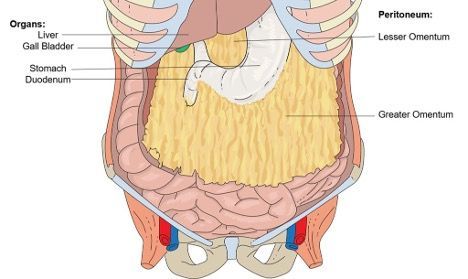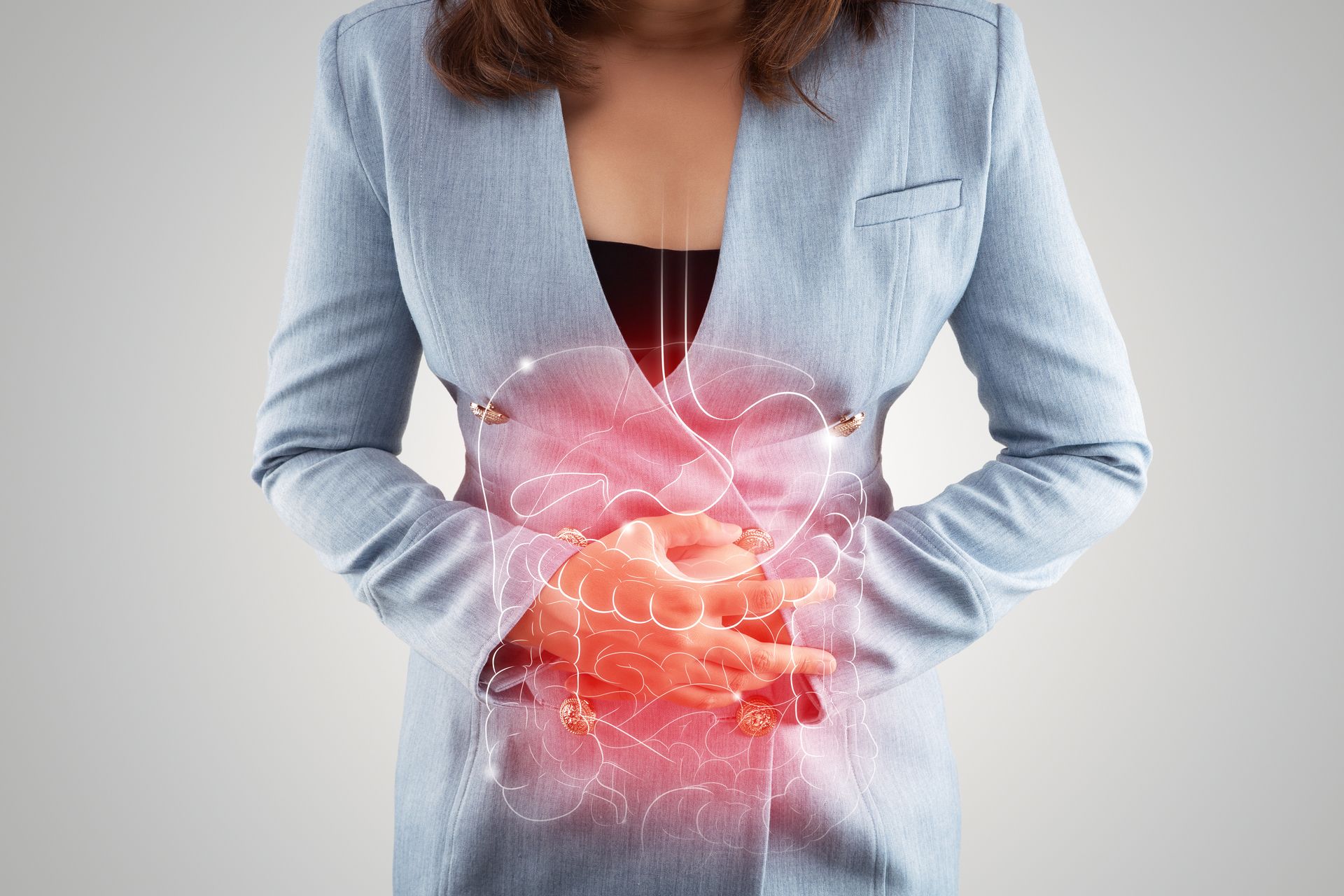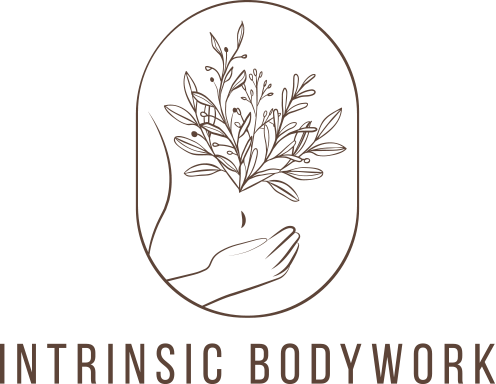The greater omentum...what is that?

Since visceral manipulation (VM) is a specialized form of manual therapy that targets the internal organs to improve function and reduce pain, it should come as no surprise that the greater omentum, due to its connection to multiple abdominal organs, plays a vital role in this bodywork. For instance -
1. Facilitating Organs' Mobility: One of the key aspects of visceral manipulation is restoring the proper mobility of organs. The greater omentum, which is connected to the stomach, spleen, and intestines, can become restricted or stiff due to trauma, surgery, or even poor posture. Manual therapy techniques help release these restrictions, improving the mobility and functioning of the surrounding organs.
2. Supporting the Healing Process: Since the greater omentum has immune functions, VM practitioners often focus on it when there are signs of inflammation or infection. By manipulating the omentum gently, a therapist may stimulate the natural healing process, enhancing the flow of immune cells and reducing inflammation.
3. Reducing Chronic Pain: Many individuals suffering from chronic abdominal pain or discomfort may have underlying issues related to the omentum, such as adhesions from past surgeries, infections or trauma. Over time, this chronic tension can create pulls upward towards the diaphragm or down towards the pelvic organs. Visceral manipulation can help ease these lines of tension, thereby reducing pain and promoting better overall abdominal health. In addition, adhesions can also be responsible for restrictions on the vascular structures surrounding the organs which can then produce spasms of the digestive system.
4. Running ‘Stitch’: Perhaps most surprising is that due to its ability to migrate to other regions in the body, adhesions that form around this tissue in relation to the diaphragm can also lead to the pulling discomfort that some runners encounter and refer to as a ‘side-stitch.’
5. Managing and supporting hernias: It’s not uncommon for the tissue of the greater omentum to fall into what are known as ‘hernial tracts,’ especially in and around the area of the small intestine. Since there is a larger portion of the greater omentum located on the left side of the abdomen, this is especially influential for left-sided hernias.




